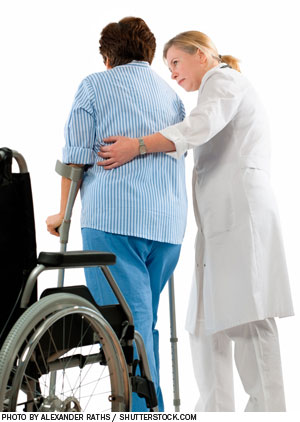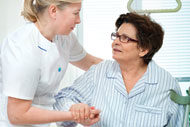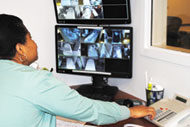
When the Pennsylvania Patient Safety Authority partnered with the Health Care Improvement Foundation to collect data on the number of falls and falls with harm over a recent two-year period in the state's southeastern region, the reporting initiative had an unintended but fortuitous effect.
The study's objectives were to standardize falls definitions and to provide benchmark falls data for 25 hospitals in the region from October 2008 through September 2010, says Denise M. Barger, CPHRM, CPHQ, CPPS, patient safety liaison, Delaware Valley South region, at the Authority. "What we discovered previous to this study was there was inconsistency to what hospitals were calling a fall," says Barger. The study evolved into a collaborative learning experience for the hospitals to determine how each was addressing the issue, she says.
The surprising outcome of the study was that the average number of falls with harm declined for five consecutive quarters at the start of the study from just over 12 per 100,000 patient days to just under eight per 100,000 patient days. The average number of incidents rose the next two quarters before slightly dropping to just below 10 the final quarter, the report shows.
Barger and Theresa V. Arnold, DPM, clinical analysis manager at the Authority who co-authored a report with Barger on the study, wrote that the decline in falls was the result of hospitals on their own implementing effective strategies beyond more routine steps to boost their existing falls prevention measures.
Among those actions were developing a falls risk assessment tool with factors specific to the patient population and the impact of medications, immediate post-fall huddles among clinicians to investigate the cause of an incident, informing the oncoming group of clinicians about patients at risk for falls and developing staff awareness. To share best practices, the study was capped off with a conference with participating hospitals in June 2011.
Because of the project's success, the Authority is proceeding with a statewide initiative using standardized definitions and collaborative learning methods.





